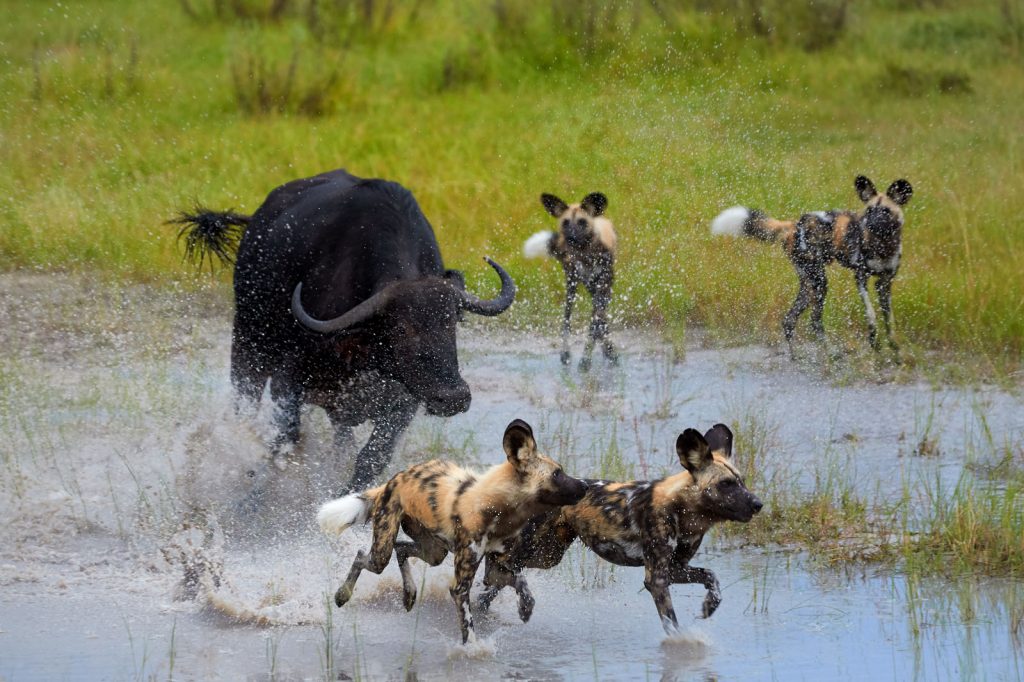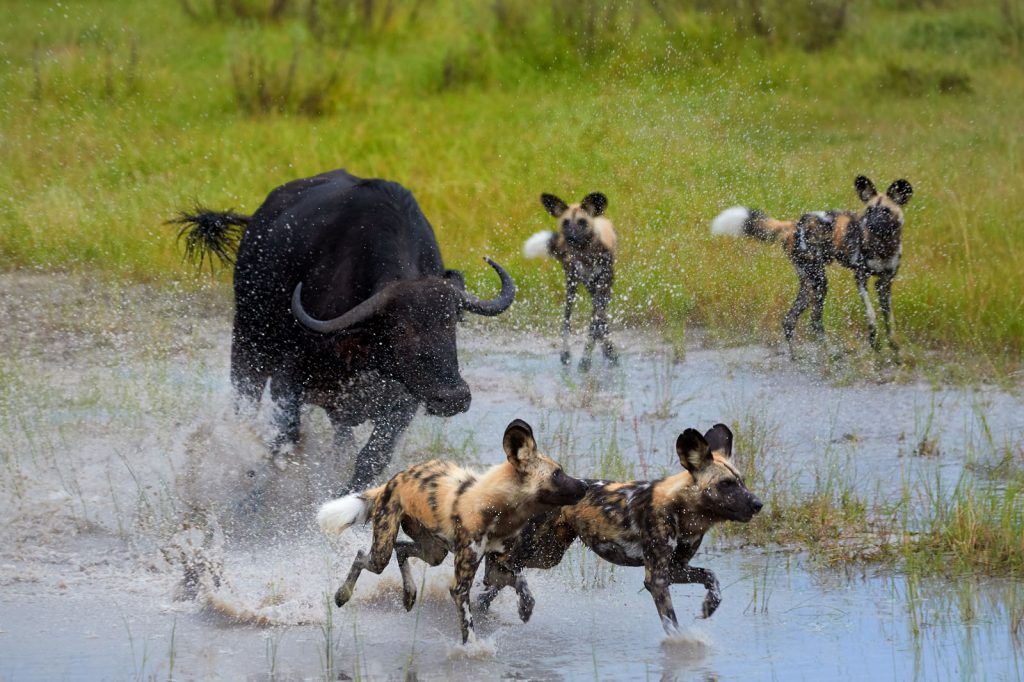The African buffalo, also known as the Cape buffalo, is one of the largest and most powerful mammals on the continent. Weighing up to over 900 kg (2000 lbs), buffaloes possess not only impressive physical strength but also effective defensive strategies to counter predators. This article will provide a detailed analysis of the buffalo’s ability to resist predators, covering their physical characteristics, behaviors, and natural defense strategies.
1. Powerful Physical Traits
Buffaloes have robust and muscular bodies, enabling them to fend off large predators such as lions, leopards, and crocodiles. Standing between 1.5 to 1.7 meters (5 to 5.6 feet) at the shoulder and weighing from 500 to over 900 kg (1100 to 2000 lbs), buffaloes possess remarkable physical strength. They have large, thick horns that can reach up to 1.2 meters (4 feet) in length, which are highly effective in self-defense against attacks.

2. Individual Defensive Strategies
Buffaloes employ highly effective individual defensive strategies. They rely not only on their physical strength but also on intelligent behaviors to counter threats.
- Using Horns: When attacked, buffaloes use their horns to strike back at predators. Their horns can inflict severe wounds, even fatal ones. They typically aim powerful thrusts at vulnerable spots like the predator’s belly or neck.
- Standing Firm: When faced with predators, buffaloes often stand their ground instead of fleeing immediately. They use their size and strength to intimidate and make predators reconsider the attack.
- Proactive Attacks: Buffaloes are not just defensive; they can also launch proactive attacks. When sensing danger, they might actively charge at the predator to protect themselves and their herd.
3. Herd Defense Strategies
One of the key factors in buffaloes’ defense against predators is their strong herd unity. Buffaloes usually live in herds ranging from dozens to hundreds of individuals, and this unity significantly enhances their defensive capabilities.
- Herd Defense: When a buffalo in the herd is attacked, other members come to its aid. They form a circle around the injured or weak buffalo to protect it from predators. Healthy buffaloes stand on the outer perimeter, ready to use their horns and strength to fend off attackers.
- “Buffalo Wall” Tactic: This is a common tactic used by buffaloes when attacked by large predators like lions. The buffaloes gather together and charge at the predator, sometimes trampling it under their weight. This tactic often forces lions to retreat and occasionally leaves them seriously injured.
- Protecting Calves: Buffaloes are very protective of their young. In the face of danger, adult buffaloes form a circle around the calves to shield them. While the females take the lead in protecting the calves, the entire herd participates when necessary to ensure the safety of the young ones.

4. Intelligence and Adaptability
Buffaloes are not just strong; they are also intelligent and capable of adapting to their environment to defend effectively.
- Good Memory: Buffaloes have excellent memory and can remember predators and dangerous locations. This helps them avoid high-risk areas and increases their chances of survival.
- Using the Environment: Buffaloes know how to use their surroundings for defense. They often move through areas with dense vegetation or complex terrain to slow down and impede predators’ attacks.
5. Important Role in the Ecosystem
Buffaloes play a crucial role in the ecosystem. They help maintain the balance of plant life by grazing on grass and shrubs, preventing overgrowth and promoting biodiversity.
- Creating Competition: The presence of buffaloes creates competition among other herbivores, helping to maintain ecological balance. Other species must develop new survival and defense strategies to coexist with buffaloes.
- Impact on Predators: Buffaloes also influence predator populations. The difficulty of hunting buffaloes forces predators to seek other food sources, affecting the structure of the ecosystem.

Conclusion
The defensive abilities of buffaloes are a perfect combination of physical strength, intelligent defense strategies, and herd unity. They are not only formidable animals but also play a vital role in maintaining the balance of their ecosystems. Understanding the defensive capabilities of buffaloes provides us with deeper insights into the complexity and diversity of nature.



RELATED posts
The Hunting Abilities of Lions: Supreme Power and Strategy
Lions, often referred to as the “kings of the jungle,” are among the most formidable...
The Hunting Abilities of Crocodiles: A Detailed Analysis of Strength and Strategy
Crocodiles are among the most ancient and efficient predators on Earth, having survived for over...